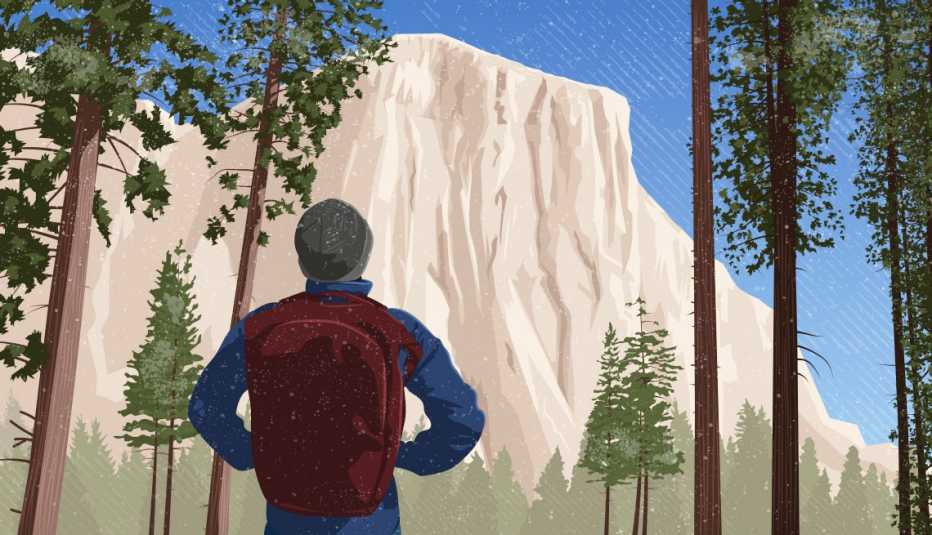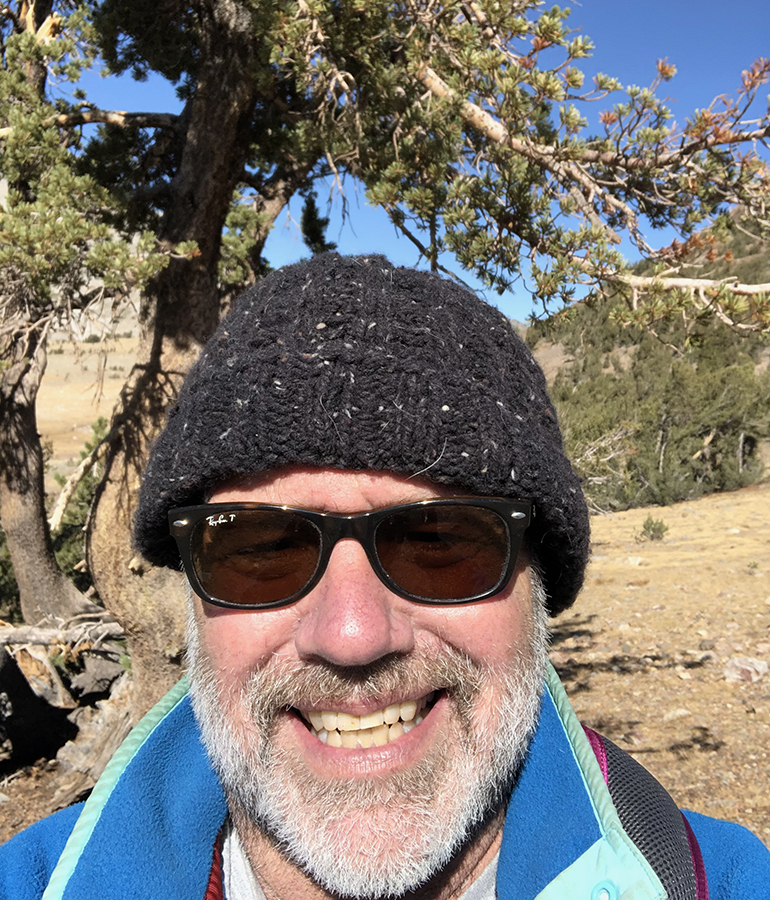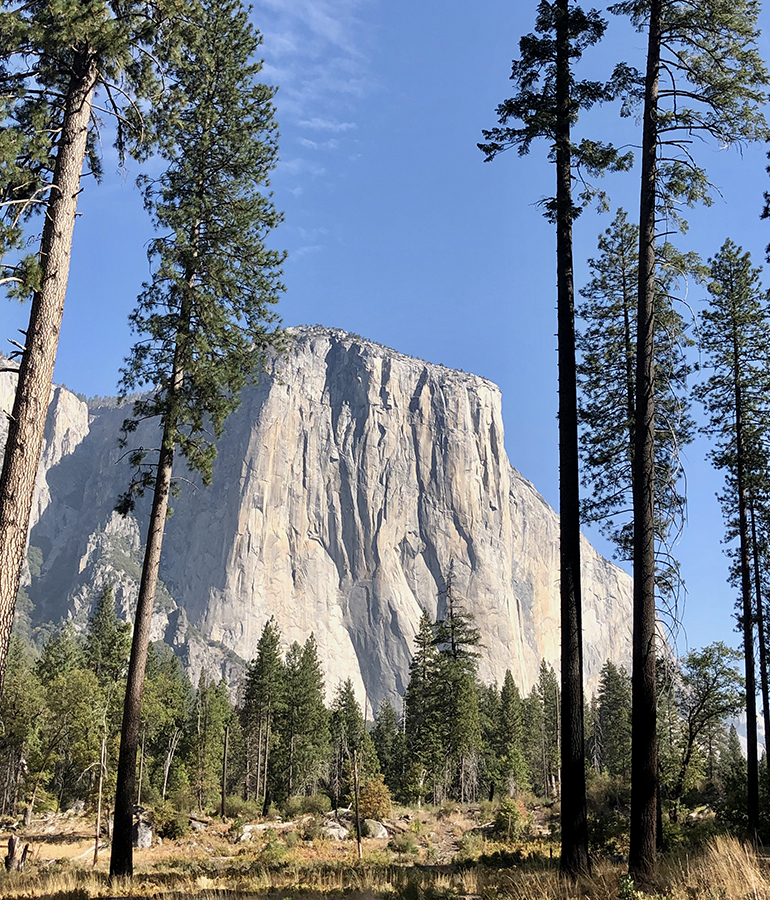AARP Hearing Center


I steered the car through Wawona Tunnel back into sunlight and the view that stops my heart every time: Yosemite Valley in all its granite-walled grandeur. Bridalveil Fall! El Capitan! Half Dome! Beneath them, the valley itself, its oaks and cottonwoods fired with the coppers and golds of the season.
I parked, stepped out of the car and drank in the landscape the way a hiker swigs from a canteen after a long uphill climb. “The Incomparable Yosemite,” naturalist John Muir christened it. “Every rock in its walls seems to glow with life.”
I direly needed some glowing life and made this trip with the hopes of finding it here.
Sheltering in place


It was 10 months into the COVID-19 pandemic but it felt like 10 years. I say this knowing that my family had been very lucky. None of us got sick, and we remained gainfully employed.
But it had been a hard 10 months. My wife works with organ transplant patients — most with suppressed immune systems — in a hospital in our hometown of San Francisco. At that time, during the pandemic and before the vaccine, the world was still wrestling with the new COVID reality, and my wife had to take the virus very seriously because it hit San Francisco particularly hard. She double-masked and wore protective goggles at the hospital, then stripped off potentially contaminated work clothes in our garage the minute she came home and rushed into the shower. “It’s like an obstacle course getting through the day,” she sighed one evening. “Then coming home and worrying that I’m going to infect my family.”
I had it easier, but my teaching and editing work had moved to Zoom, which I adapted to slowly: Each time I created breakout rooms I would fling conference participants into the cyber-ether. Funny the first time, less so the next 10. Meanwhile, 3,000 miles away, our first-job-out-of-college son was stuck working remotely in a cramped New Jersey basement: That’s where the Wi-Fi worked best in his shared house. When would we see him again? All around us, our city felt like it was on life support, restaurants closing, bars closing, everything closing, streets bleak and stilled, as if San Francisco had been turned over to ghosts.
We tried to be upbeat. We bought masks in bright colors, we made pandemic plans — mine big on shelter-in-place self-improvement. I signed up for online Pilates. My core would become so hard that Dwayne “The Rock” Johnson would compliment me: “Hey man, nice core.” I would perfect my roto (broken) Spanish and learn to make a decent piecrust. Picture The Rock with his abs of steel in a kitchen rolling out pie dough and exclaiming, “¡Que delicioso pastel de manzana!” That would be me.
It worked for a while — until I began to feel that I was living in a minimum-security prison. I made a deal with myself that as soon as travel restrictions made it permissible, I would return to one of the places I love most in the world: Yosemite National Park in eastern California, less than a three-hour drive from my home.


































































You Might Also Like
A Lighter Agenda in Paris Proved Best
Trip opened traveler’s eyes to another side of the city many never see
Through Travel Comes an Understanding of Your Family’s History
For a longtime writer, visiting homelands brings the pastAARP Members Edition
Your daily source for candid takes on life, comprehensive guides to living well, tips for saving money, inspiring travel, and more – only for AARP members